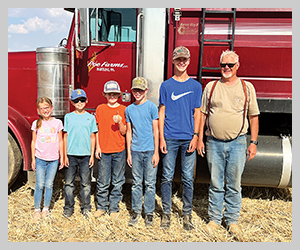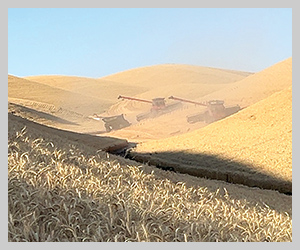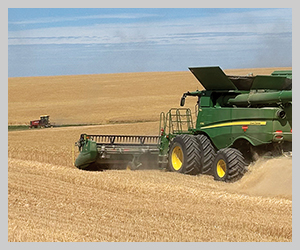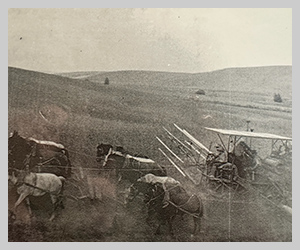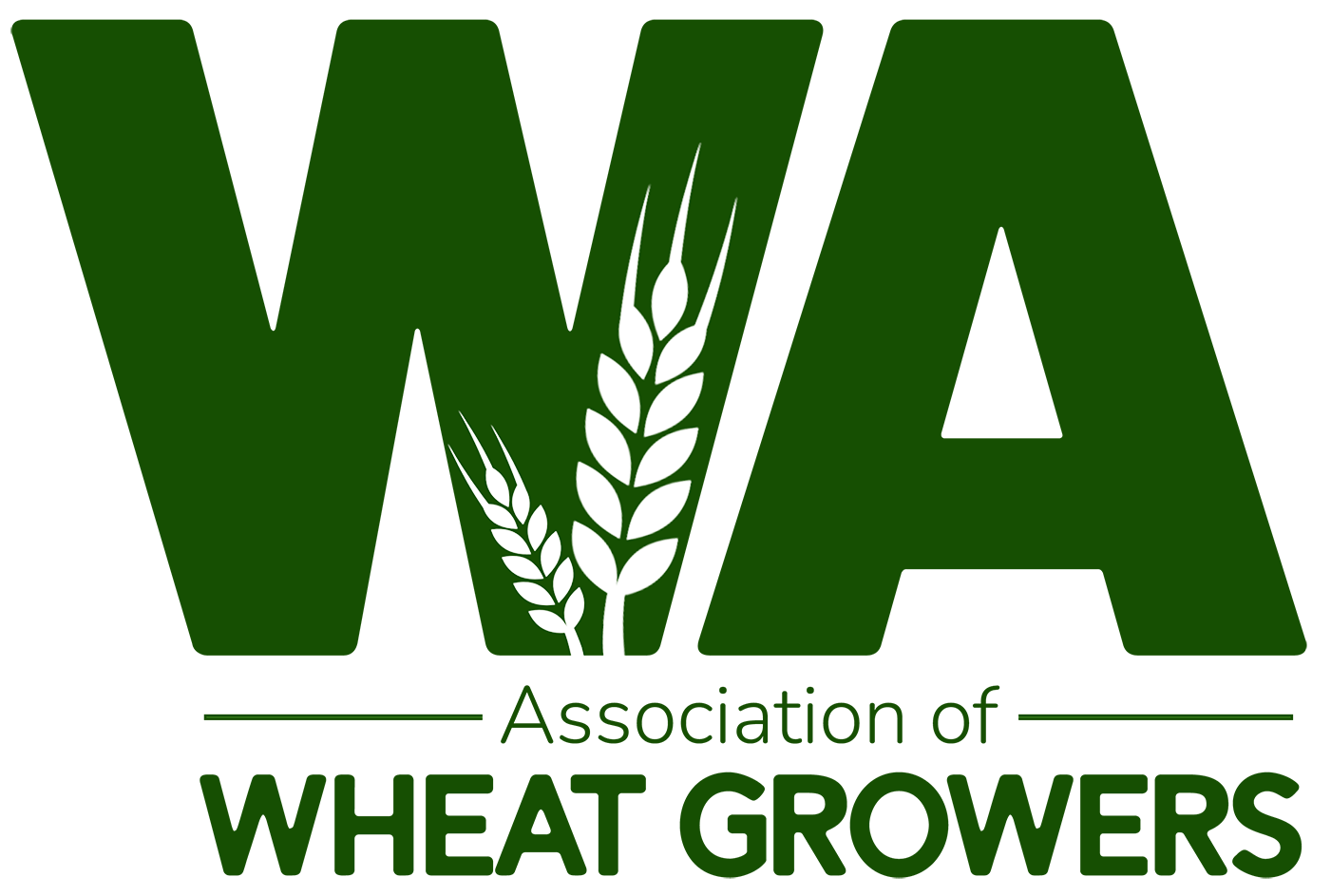Trying for certainty in an uncertain world
2025April 2025
By Jeff Malone
President, Washington Association of Wheat Growers

Uncertainty has always been part of farming, but lately, it feels like we are being tested at every turn. The latest round of tariffs on wheat, along with those on corn and soybeans, has sent prices tumbling down 10% in just a short time. China has imposed significant barriers, and our closest trading partners, Canada and Mexico, have followed suit. This is not just about wheat; it’s about the viability of American farms in an increasingly volatile global market.
We have always known that agriculture is tied to policy, but right now, the connection feels like a noose. The Natural Resources Conservation Service funding freeze is creating roadblocks for conservation programs that many farmers rely on. Meanwhile, employment instability at the U.S. Department of Agriculture (USDA) caused by mass firings and resignations has left many of us without clear guidance on critical issues and a lot of our county USDA offices understaffed.
These challenges come at a time when input prices continue to rise. As we prepare to get into the fields, every farmer I talk to is feeling the pinch. Fertilizer, fuel, equipment … everything costs more. Yet, our commodity prices are lower, our market access is restricted, and the uncertainty about what comes next is enough to keep anyone up at night.
The idea of subsidies often sparks debate, and I know most farmers would rather operate without them. What we really want is fair pricing, open markets, and the ability to compete. But when policies, both at the state and federal level, make it impossible to break even, let alone profit, we are left with little choice but to rely on whatever support is available. The reality is, if these trade disputes continue and input costs stay high, some farmers won’t make it through.
Last month, I wrote about the importance of research. By the time that article was published, Washington State University had already faced funding cuts. This is just another example of how quickly things change, and how often those changes seem to work against us. Research is key to improving yields, reducing input costs, and staying competitive, yet it’s often the first thing to suffer when budgets tighten.
So where do we go from here? For now, we do what farmers have always done: adapt, work hard, and push for policies that actually support agriculture. We need our leaders to understand that these trade decisions have real consequences, not just on balance sheets, but on families, communities, and the future of farming itself.
We can’t control global markets, but we can keep speaking up. We can keep working together to make sure our voices are heard. And, most importantly, we can keep farming, even when the world seems determined to make it harder than ever.






